Wakako Tsuchida’s first appearance in the Paralympic Games was Lillehammer 1994. She has gone on to compete in a total of eight Paralympic Games, both Summer and Winter, and has won a combined seven medals, including multiple golds. A champion of numerous other international competitions, Tsuchida is considered a legend of the para-athletic world. As an athlete who continues to give it her all despite the numerous obstacles she has faced, we spoke with her about the appeal of wheelchair sports and her thoughts on the Paris 2024 Paralympic Games.
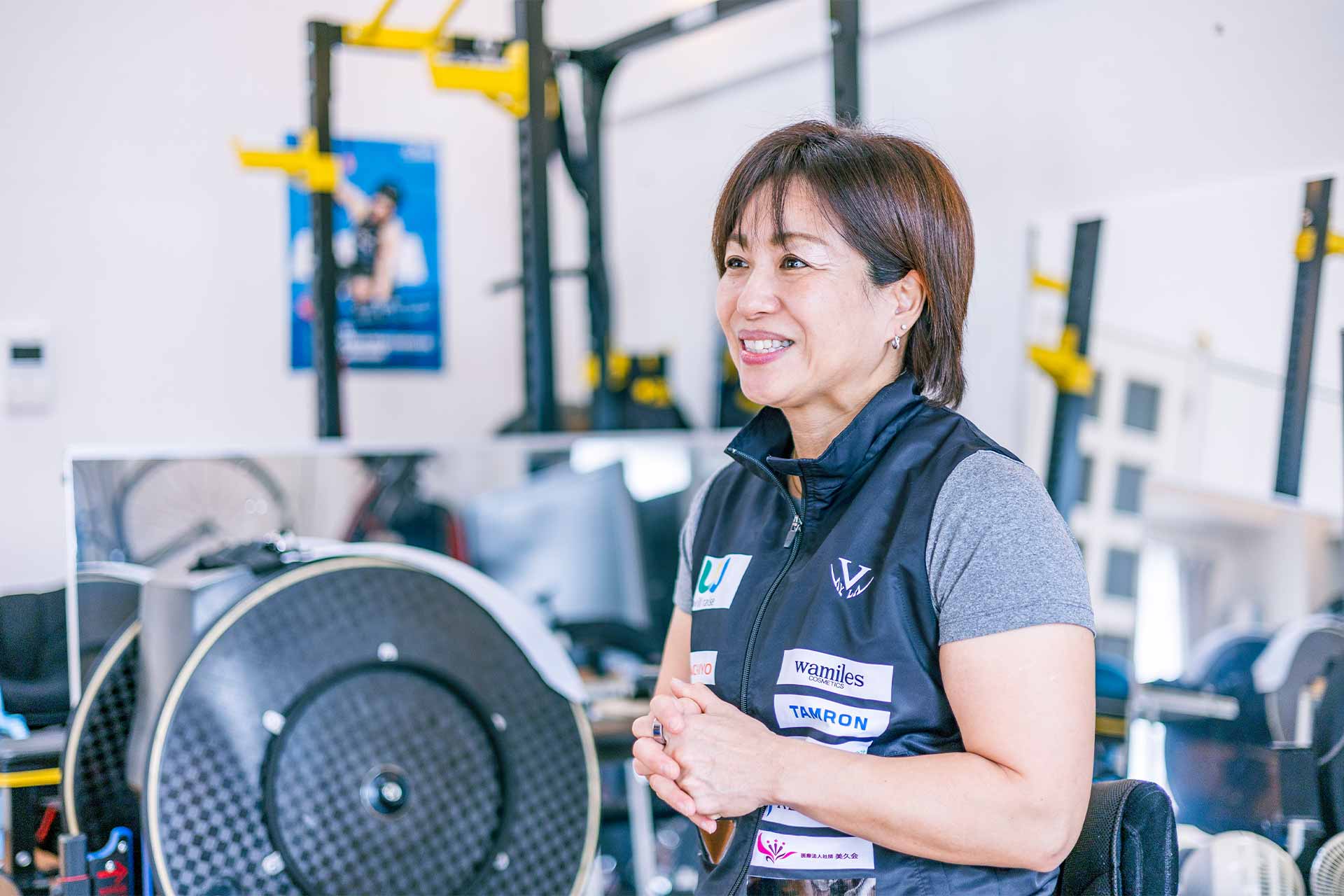
In your second year of high school, you were in a traffic accident in which you suffered a spinal cord injury that left you confined to a wheelchair. It is not difficult to imagine how hard it must have been to accept that reality.
“I was truly shocked when I was told that I’d never be able to walk on my own again and that I’d have to live the rest of my life in a wheelchair. But the hospital that I was in had a rehabilitation facility to help people with disabilities reintegrate into society, so while I was there, I would often see patients racing through the place in colorful wheelchairs. Seeing that made me think, ‘I didn’t know you could be so active in a wheelchair! I wanna get a cool wheelchair like that and get my life back to normal as soon as possible!’ It was thoughts like that that helped me learn to accept my disability.”
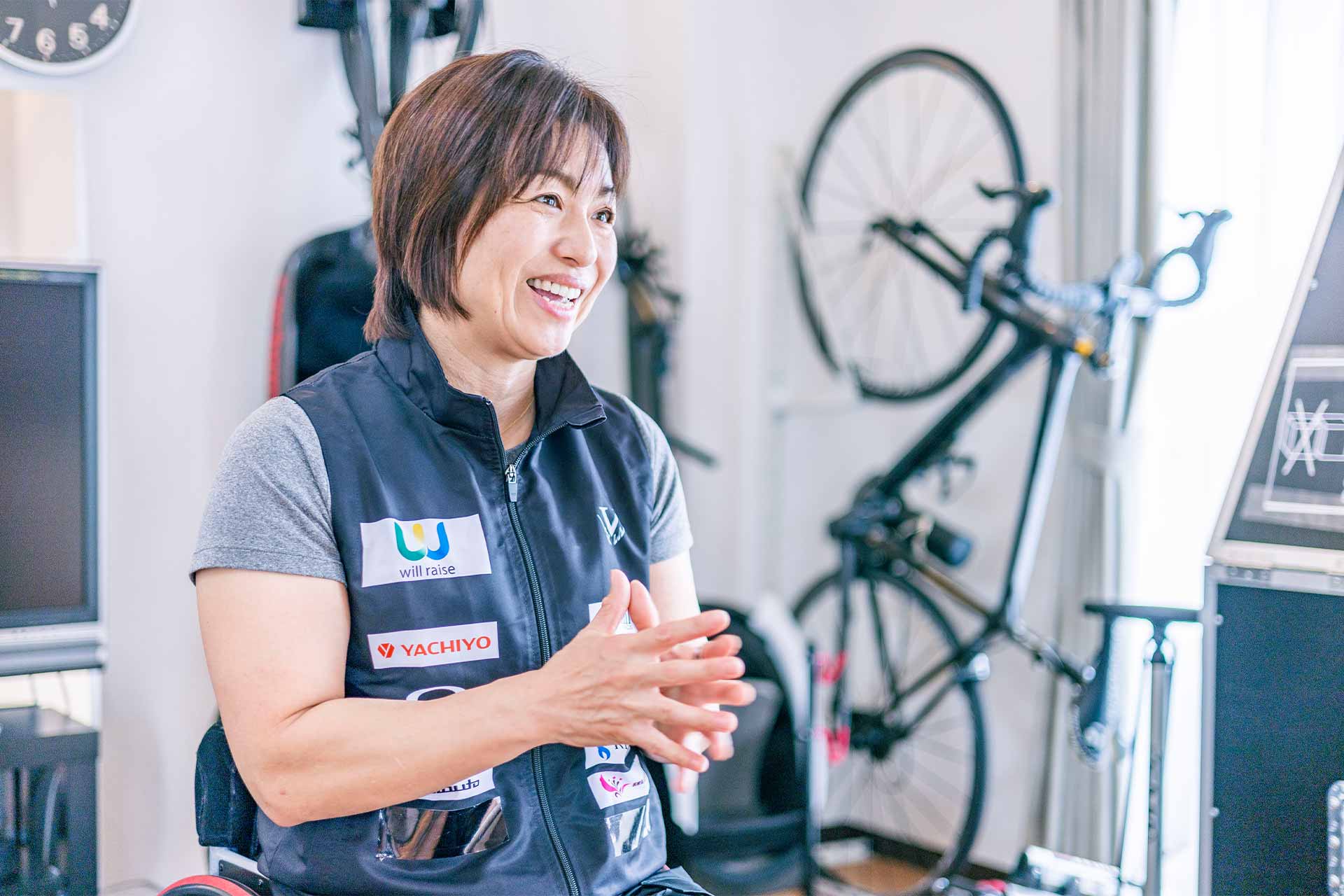
What was it that led you to try parasports after that?
“The first thing was that my doctor suggested that I take up sports as a part of my rehabilitation. I’d always liked sports, and I had played basketball when I was in elementary school. There were a lot of options to choose from, like wheelchair basketball and track & field, and I came across a sport called ice sledge speed racing. On a whim, I took part in a training session organized by Nagano Prefecture for the purpose of developing athletes, and then to my surprise I was asked to compete in the Lillehammer 1994 Games that were just three months away. That was when my life as an athlete really began.”
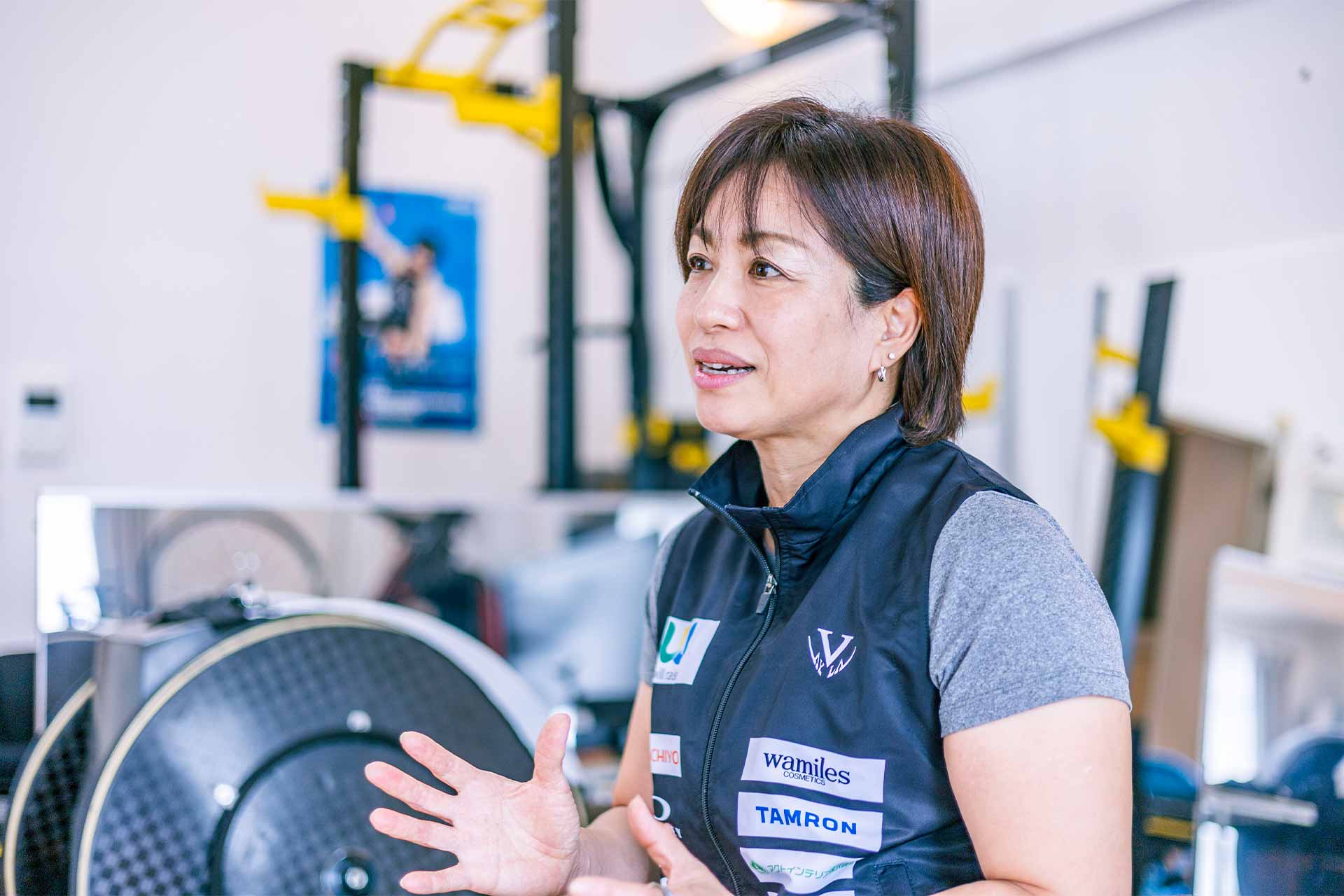
Just three months after you started competing, you were at the Lillehammer 1994 Games. Four years later, your performance at the Nagano 1998 Paralympic Winter Games is what would put you in the spotlight.
“My performance in ice sledge speed racing at the Lillehammer 1994 Games was an absolute disaster. With only three months to prepare, the end result was what you would expect. But my experience there sparked a big change in me. More than anything else, the Norwegian athletes that competed in the race blew my mind. They were all really muscular, and there were even some athletes up on the podium that were in their 40s and 50s. They weren’t using their age or disability to make excuses for anything, and trained hard to make it to the top, which I found to be pretty amazing. My desire to be more like them served as my motivation for the Nagano 1998 Paralympic Winter Games four years later.”
At the Nagano 1998 Paralympic Winter Games you won a total of four medals ― two gold and two silver ― and then switched to track & field and won the gold in the 5,000m at the Athens 2004 Paralympic Games. This made you the first Japanese Paralympic athlete to win gold medals in both Summer and Winter Games.
“At the Nagano 1998 Paralympic Winter Games, which were held here in my home country, I had a strong support system and a group of teammates that were all aiming for the top alongside me, and knowing that I was never going to be alone gave me a lot of added confidence. I still remember how thrilled I was when I won the gold medal at the Athens 2004 Games, which were my second Summer Paralympic Games after switching over to para-track & field. Each time, I would set my goals, take on my challenges, and make my way to the top. The view from atop the podium was an incredibly moving sight, and it made me even more determined to stand there again.”
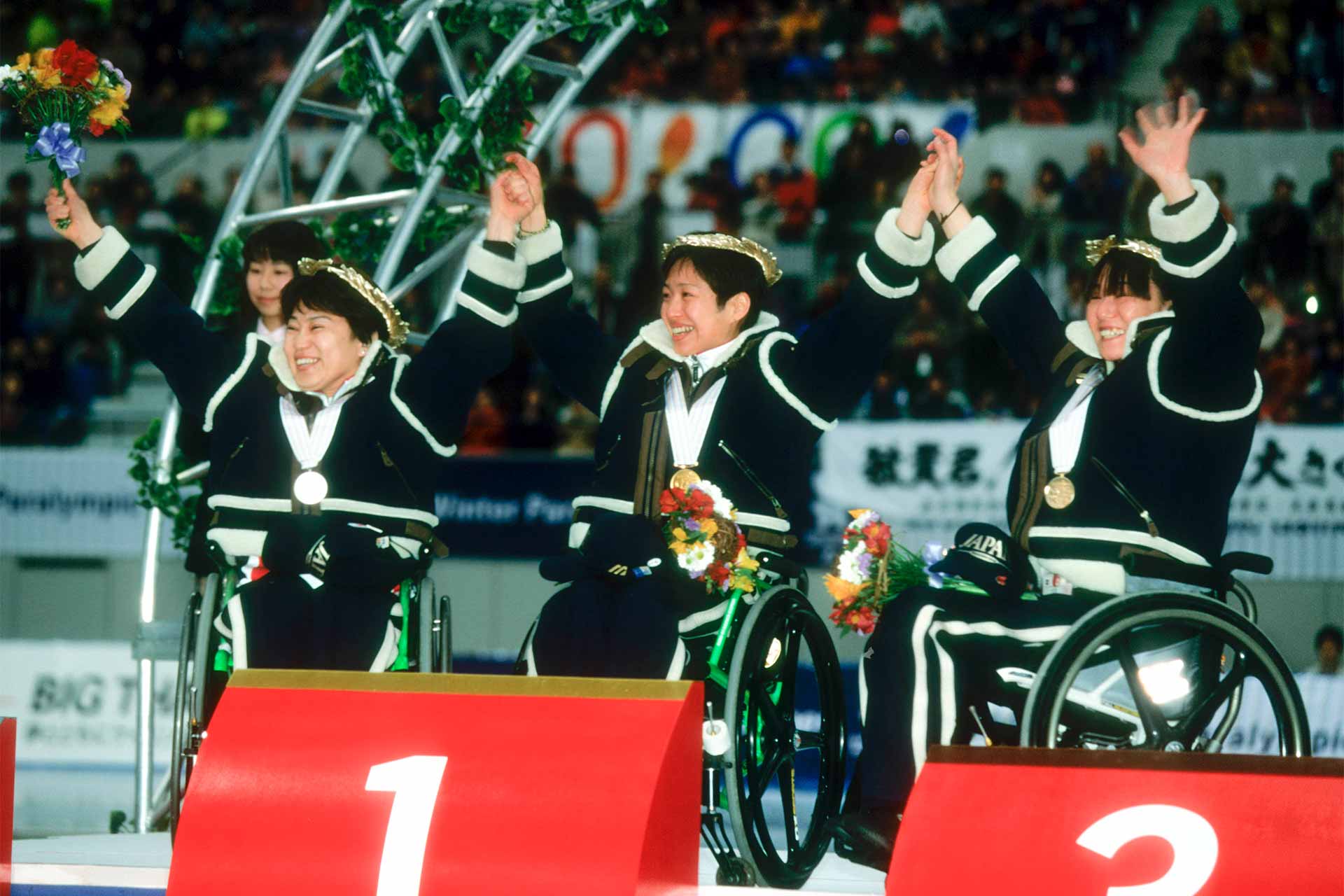
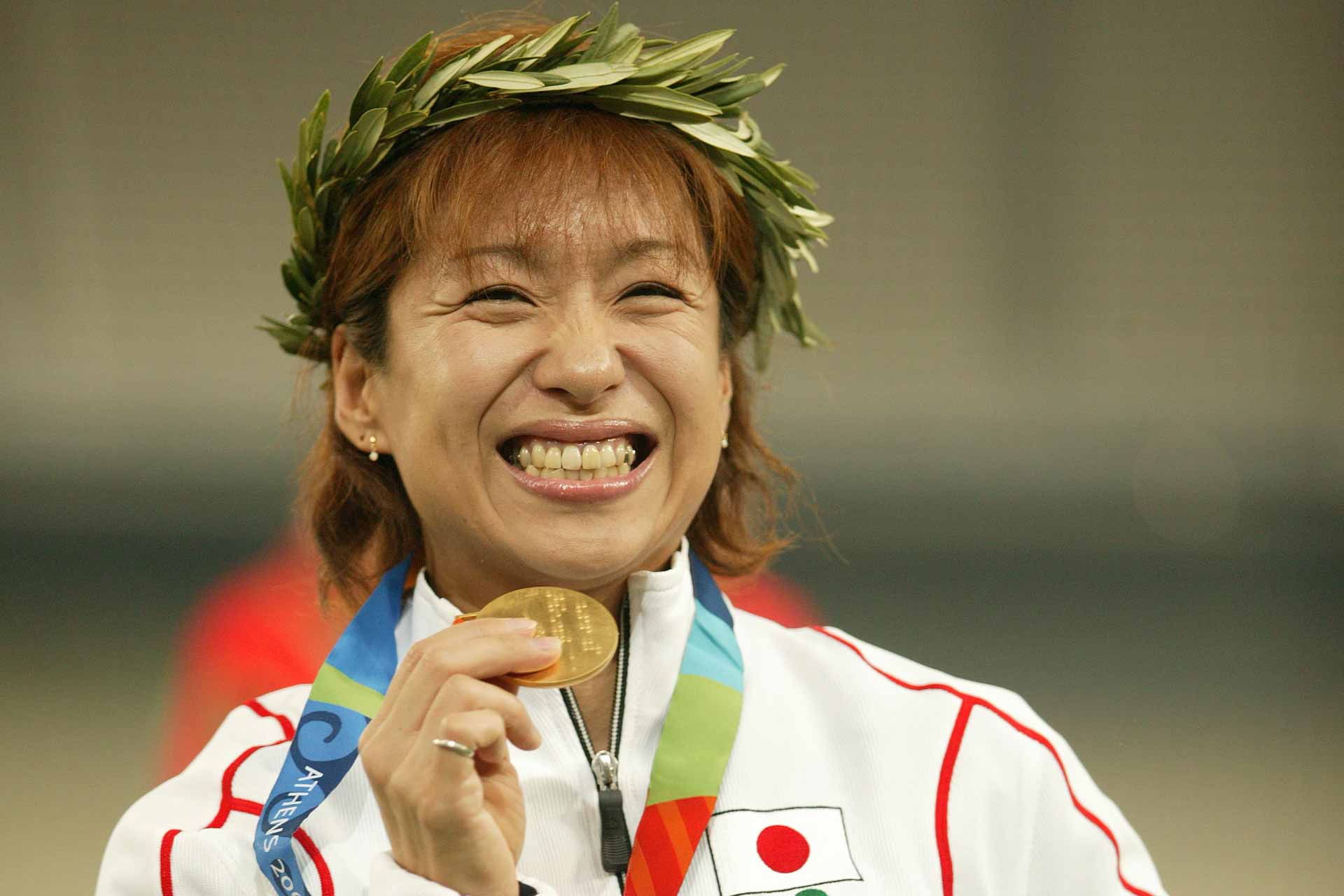
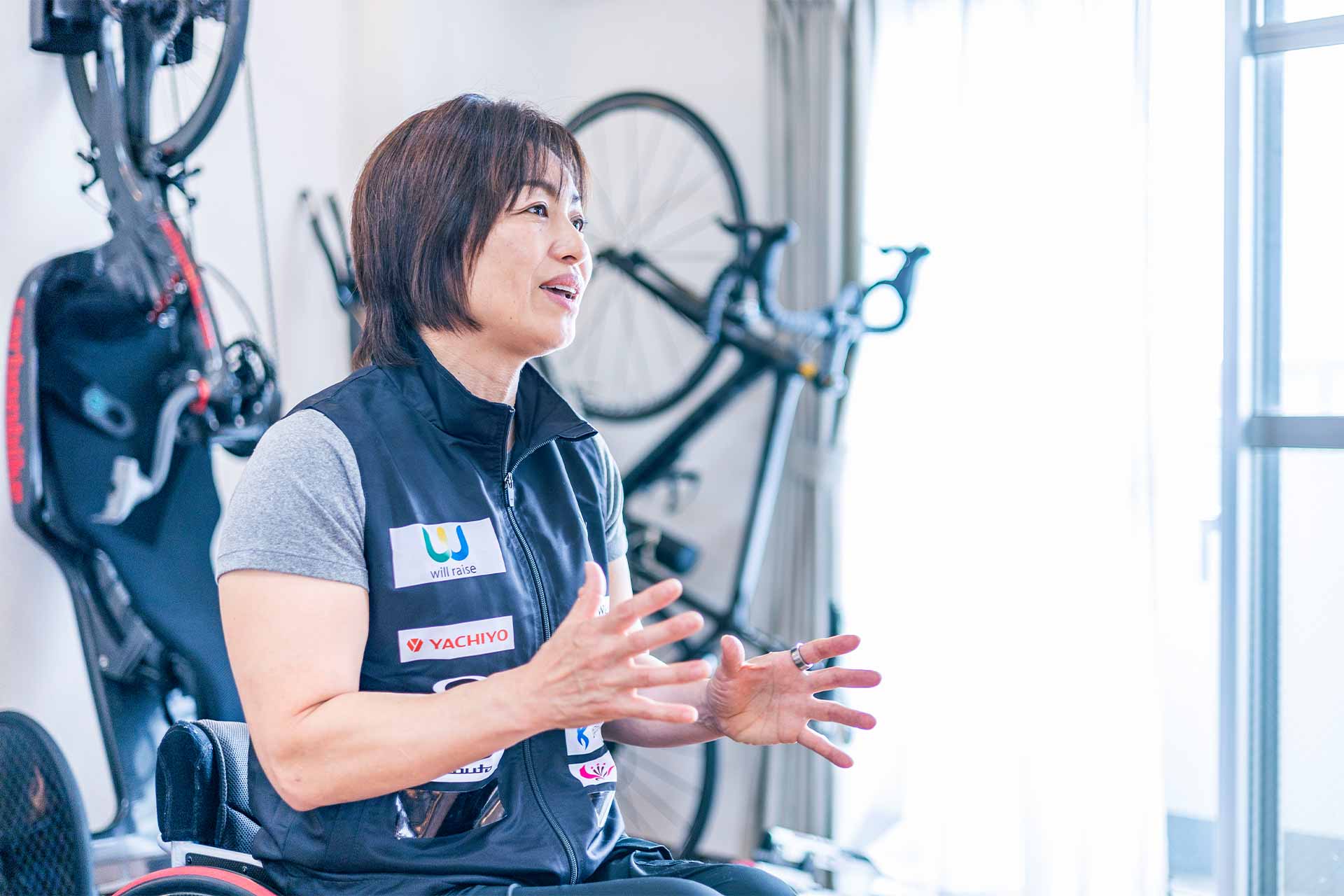
What is it that you like about wheelchair sports?
“My favorite thing about it is the sense of speed that comes from my body and my wheelchair coming together as one. The average speed in a wheelchair marathon is approximately 25 km/h, and in downhill sections it can reach nearly twice that. When it comes to racing, it’s important to know how to navigate in the midst of a pack and plan out your race. You also have to improve your own performance in terms of things like wheelchair technique and physical aspects like arm strength, stamina, and mental fortitude. That’s what leads to getting results. The more I practice, and the more races I run, the more I feel I can unlock new potential within myself, and I think that’s fascinating.”
The Paris 2024 Games are just around the corner, and a lot of athletes are vying for a chance to compete there.
“The Paralympics are held just once every four years, and you could say they’re the pinnacle of international competition. What I do is set goals for each competition such as improving my ranking or setting a new personal best, and I’ve been working hard to achieve these goals. Of course, I can’t always achieve everything I want to. But the Paralympics make me believe that I still have the potential for improvement. Actually, the reason I started swimming was to help with my asthma, but I took advantage of that and decided to compete in the triathlon at the Tokyo 2020 Paralympic Games. Publicly declaring that the upcoming Paris 2024 Games are going to be the culmination of my athletic career has given new meaning to this challenge, and that gives me more motivation.”
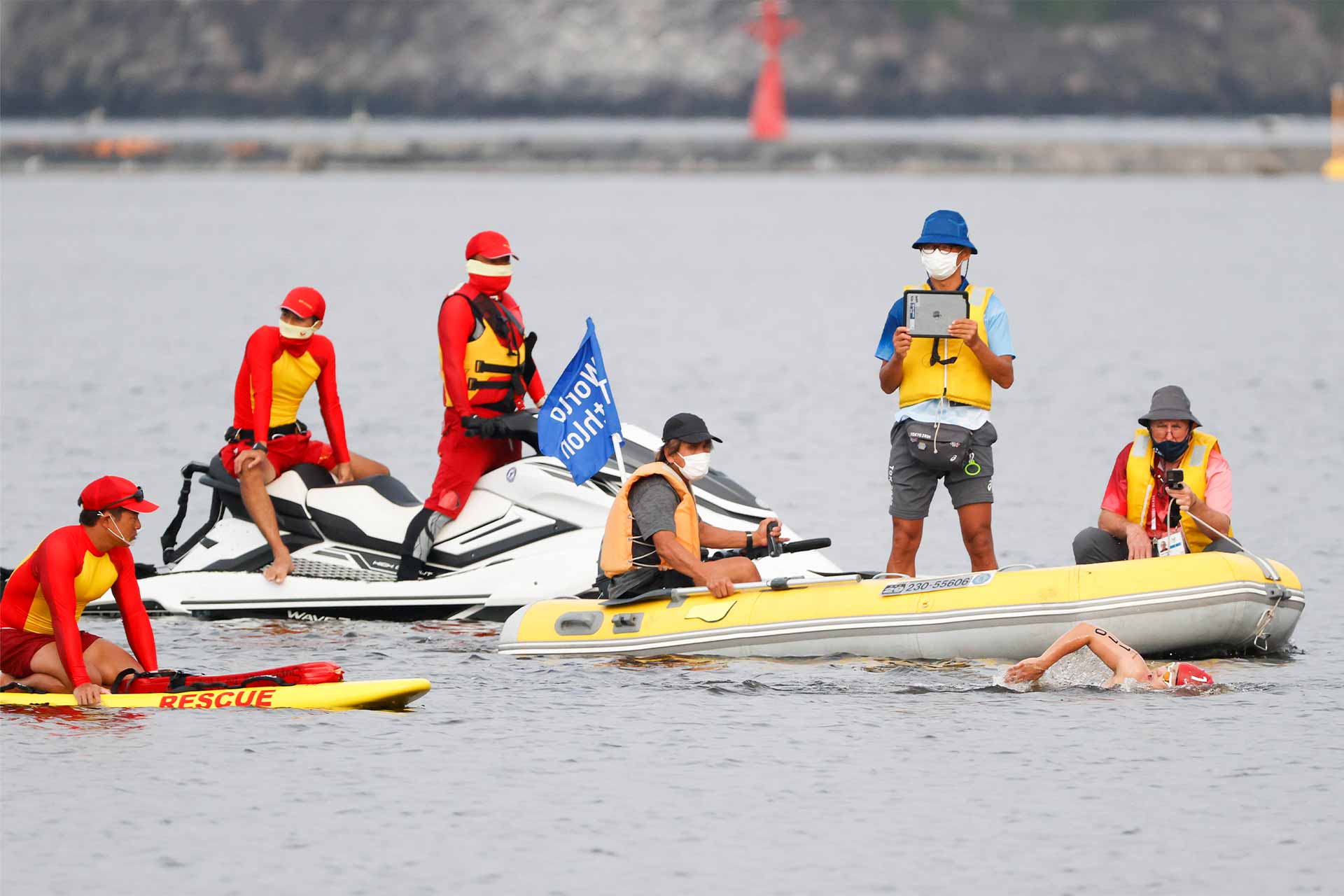
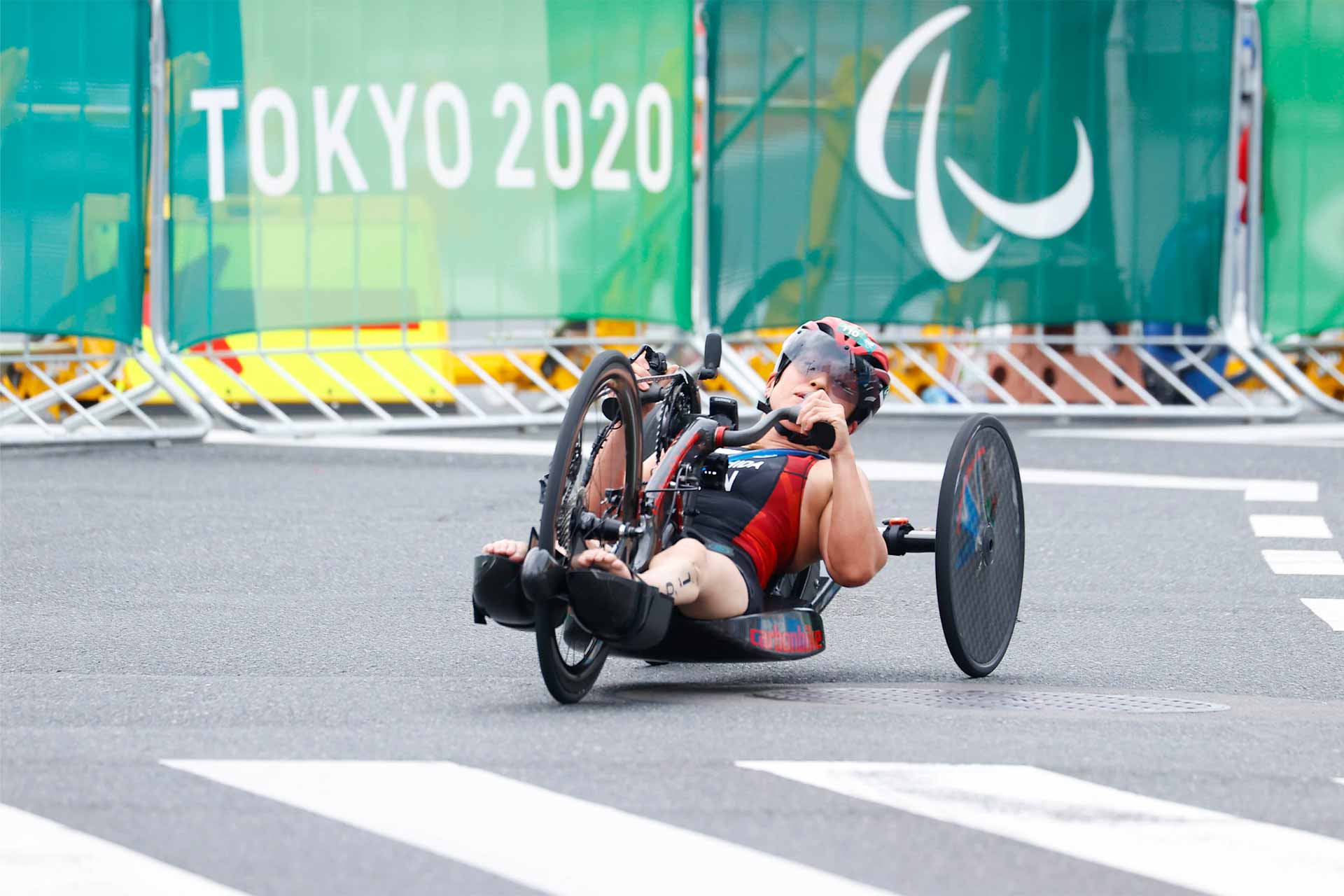
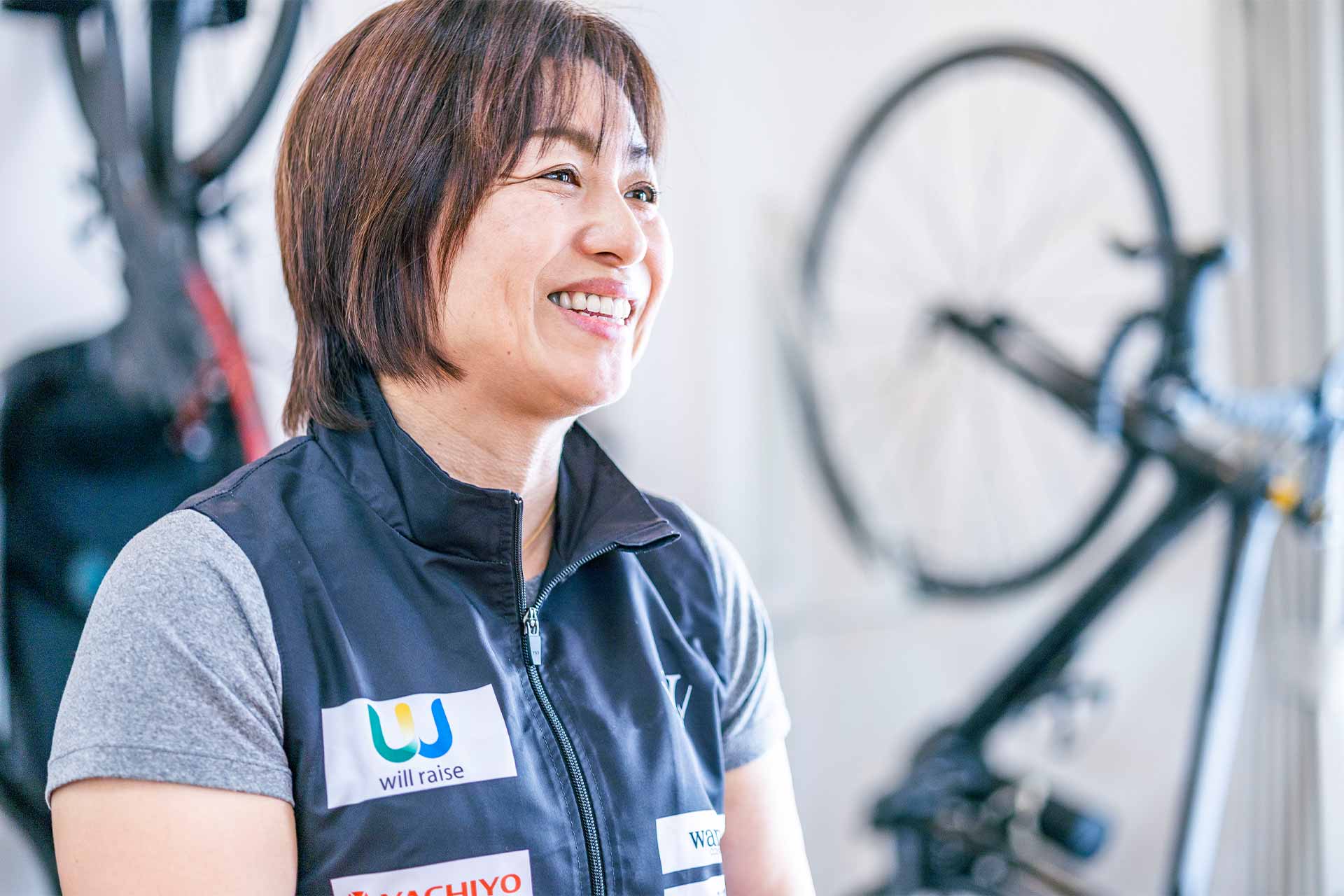
This year marks 30 years since your first appearance in the Paralympic Games, and it will also be the culmination of all of your efforts up to this point. Those words have quite a bit of weight to them.
“So much has happened over the past 30 years. I went from being a winter athlete to a summer athlete, and I also became a mother and raised a child. At the Beijing 2008 Paralympic Games, I was eager to win the gold in the wheelchair marathon, but then I got caught up in a crash and got hurt pretty badly, so I had to withdraw. Actually, I still kind of have a feeling of incompleteness inside of me from not having been able to get the gold in the marathon. That’s why I want to give it my all and try for it one more time. That is the state of mind I’m in as we approach the Paris 2024 Games.”
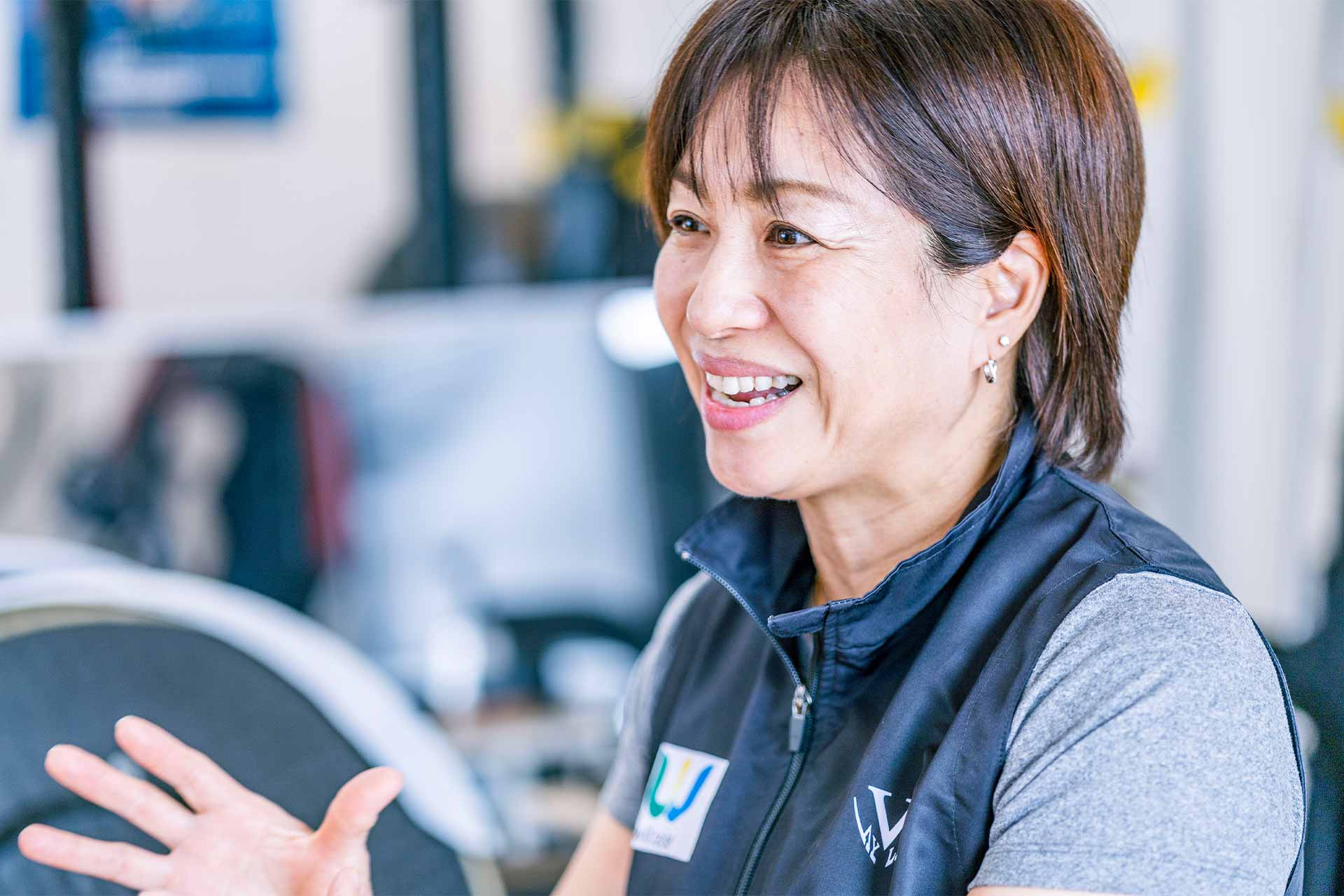
From the point of view of a wheelchair user, what do you like about Tokyo?
“A lot of the facilities have modern designs that incorporate barrier-free aspects and Universal Design, and the quality of these facilities is as high as one would expect from a place like Tokyo. But I think that if we add a bit more ease of use, it would be even better for wheelchair users. To make that happen, I think that encouraging people with disabilities to go out and about will also contribute to the evolution of the city.”
Tokyo is packed with tourist attractions, but are there any spots in particular that you recommend?
“It’s already a major tourist spot, but my favorite place is Asakusa. The course of the Tokyo Marathon also goes through Asakusa, and while I’m constantly leaning forward throughout the race, there’s a point where the Kaminarimon Gate comes into view, and I always enjoy seeing the gate and its massive lantern. At 42.195 kilometers, it’s a long race, but getting to that point where you can feel the tradition of Tokyo gets me fired up and able to go hard again from there. I also really like the Nishitama area, including Ome City, because you can enjoy outdoor activities in the middle of the rich nature. I think the diversity that Tokyo offers, from the modern to the traditional, and from the bustling downtown area to the rural areas with their fresh air, is a big part of its charm.”
<Profile>
TSUCHIDA Wakako
Born in Tokyo in 1974. Member of Will-Raise. She suffered a spinal cord injury in a traffic accident in her second year of high school that left her confined to a wheelchair. She competed as an ice sledge speed racer at the Lillehammer 1994 Paralympic Games. At the Nagano 1998 Paralympic Games, she won gold medals in the 1,000m and 1,500m, and silver medals in the 100m and 500m. She then switched her focus to track & field in 1999. At the Athens 2004 Paralympic Games, she won the gold medal in the 5,000m and the silver medal in the full marathon. At the Tokyo 2020 Paralympic Games, she competed in two events: the triathlon and the wheelchair marathon. Her next challenge is the Paris 2024 Paralympic Games.